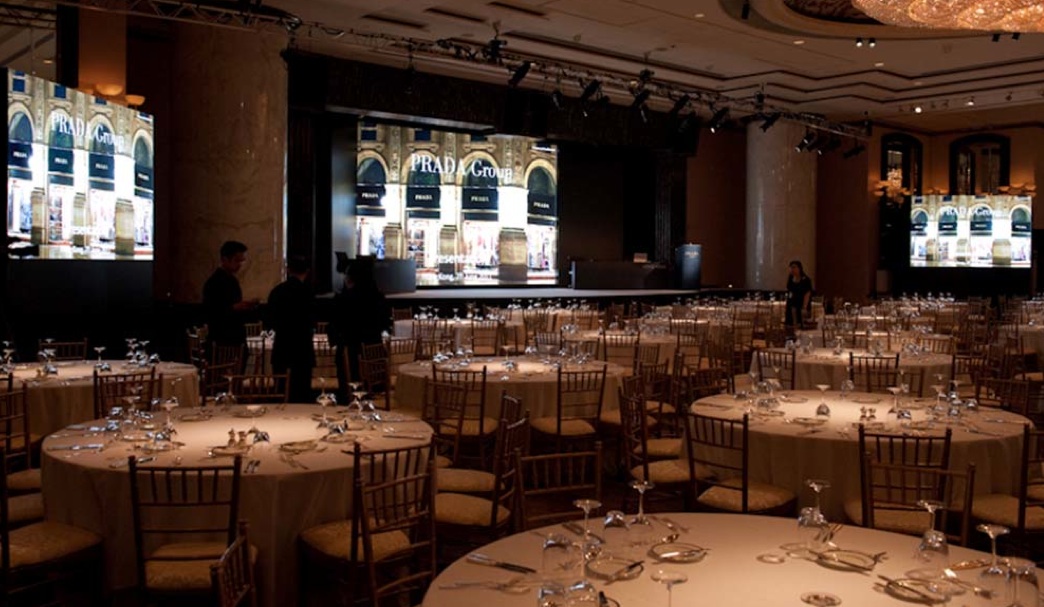“So where are we going to travel to on the roadshow?” – that’s usually one of the first questions a prospective IPO issuer will ask bankers pitching to lead its flotation.
The idea of visiting the world’s main financial centres over just a couple of weeks might seem exciting. Chief executives and their teams rack up thousands on miles flying first or business class, and meet portfolio managers after breakfast at the Four Seasons or Mandarin Oriental. Sounds glamorous? It’s anything but.
Management will only travel to New York and Boston if the deal is targeted at large, US institutional investors. Failing this, the trip will remain confined to Asia and Europe. For smaller initial public offerings, most of the demand will normally come from Hong Kong and Singapore only – so the bankers involved may decide to skip the European leg altogether, or to limit it to just one or two cities, starting with London. Most roadshows include events in the main financial hubs, but lesser known cities may also be visited to accommodate investors that specialise in a particular industry sector, and whose involvement adds considerable value to the share register.
To maximise time, a roadshow commonly follows the sun – it will start in Asia and end in the US, where the pricing meeting will often be held. Two teams may travel simultaneously to boost coverage of investors. On occasion, and especially when multiple bookrunners are appointed, agencies are used to handle the logistics of a complex schedule that changes at short notice to respond to demands from institutional accounts.

An IPO roadshow typically spans two weeks, and is built around three types of meetings. There are the large, theatre-style presentations, held in ballrooms of business hotels, and where investors enjoy a sit-down lunch while management talk to a slide show after a short video. Next come small meetings, for the benefit of up to five or six institutions. And last – but most important – are the one-on-one meetings, where the largest investors – invariably those that place the most sizeable orders, after the cornerstone investors – meet management at their offices. Some of these accounts will request a full presentation, but most will use their 45 minutes slot to grill the issuer – sometimes without any bank representatives in attendance – to validate their valuation assumptions.
The roadshow takes its toll. Days start early and end late, each with perhaps anywhere from six to eight meetings, in addition to a working lunch and dinner. For a large deal, management will see several hundred investors through events and meetings that run alongside the order taking.
But it’s not hard work for everyone. On some offerings, especially by issuers from the mainland or from Korea, it is not unknown for a variety of hangers-on to travel with the presenting team. For them, duty free shopping and fine restaurants are on the agenda – at the company’s or, even worse, at the bankers’ expense.
That may soon change. With cornerstone tranches nowadays representing anywhere from 30 per cent to 70 per cent of new issues, the merits of flying half way around the world to secure orders from money managers may be overdone. At the height of the SARS virus outbreak, Singapore Post closed its flotation after holding only video and conference calls, proving there are viable alternatives to a full blown roadshow. Shame about the air miles, though.
Philippe Espinasse, a former investment banker, is the author of “IPO: A Global Guide” (HKU Press).
[This article was originally published in The South China Morning Post on 20 August 2012 and is reproduced with permission.]
